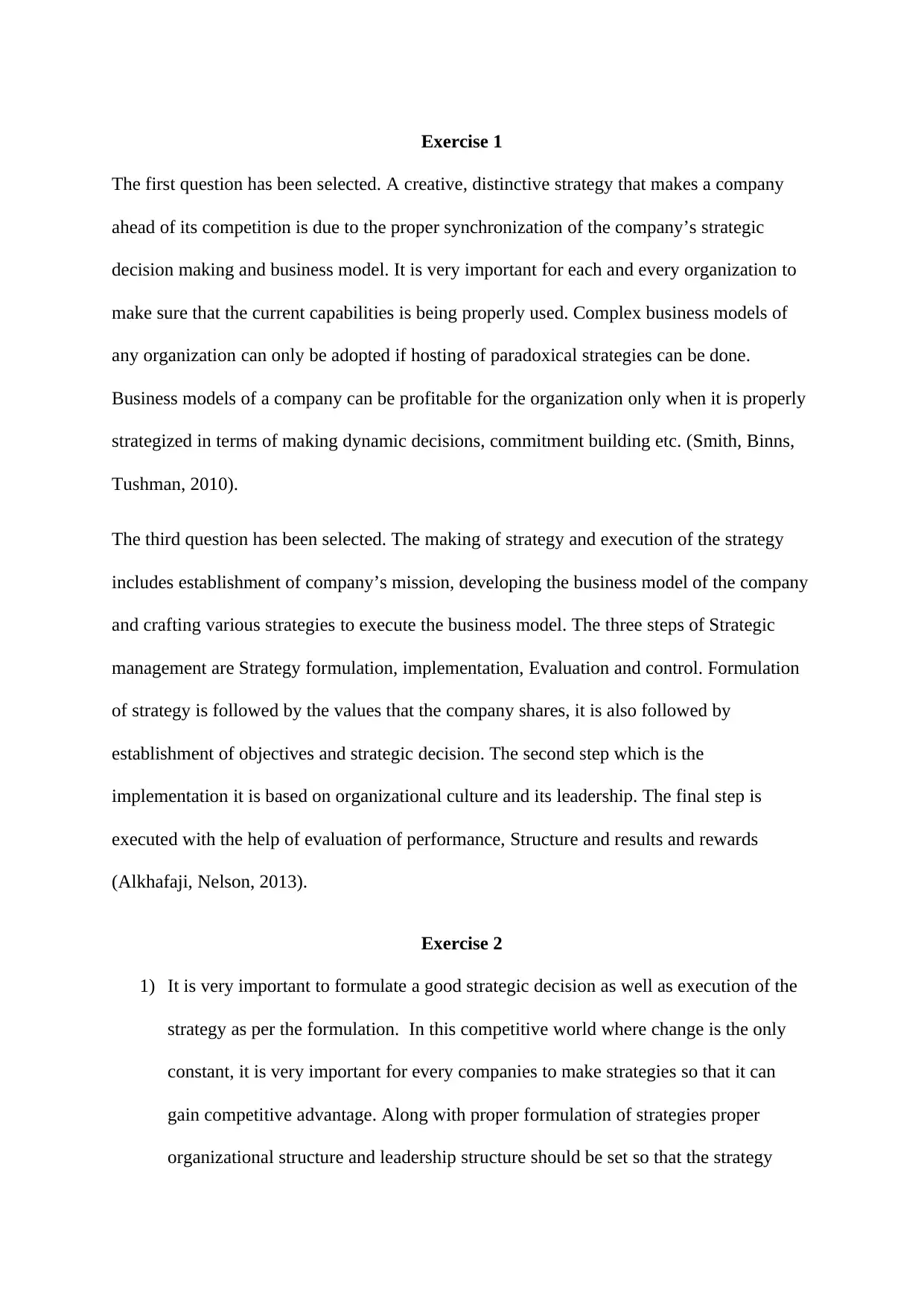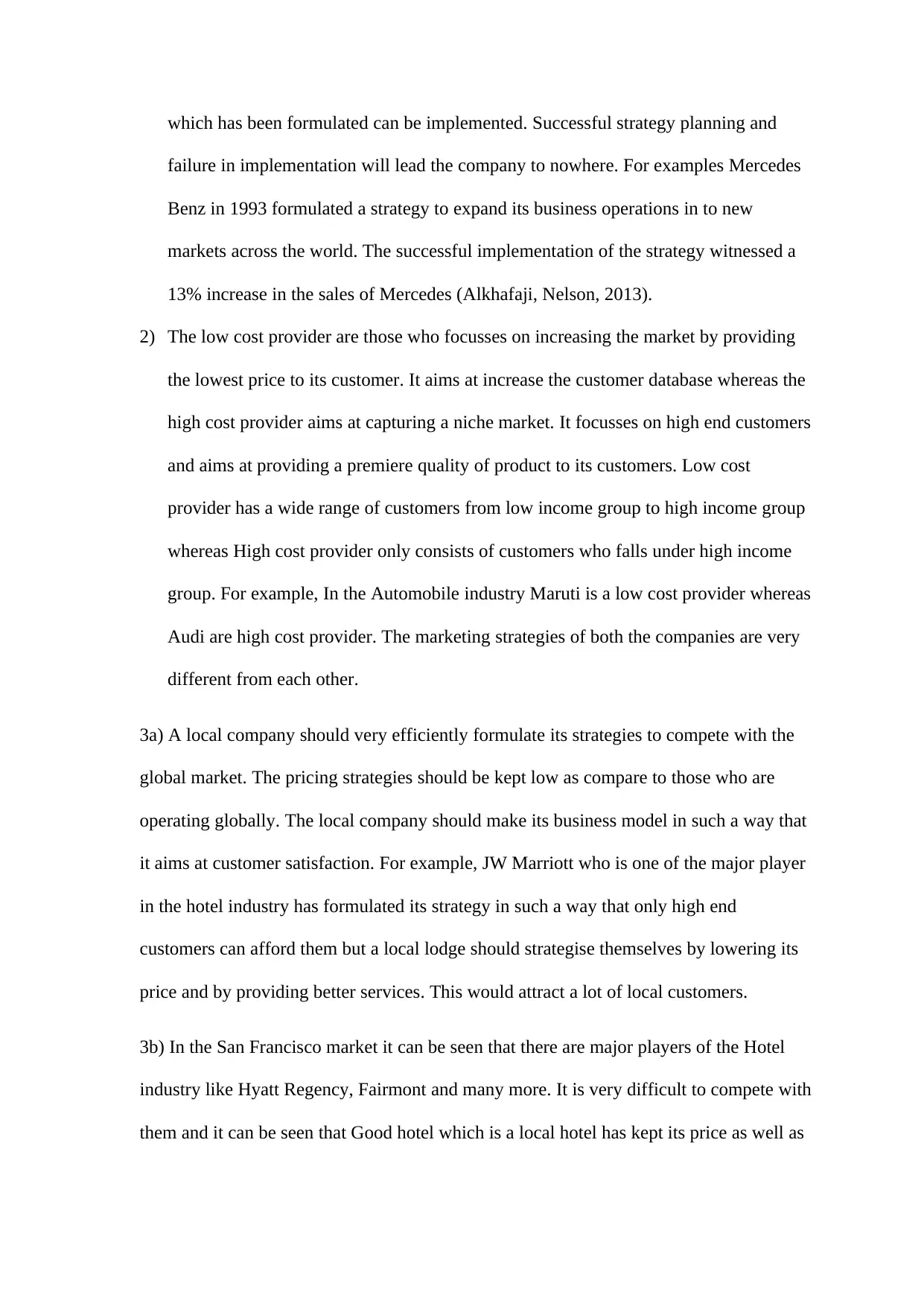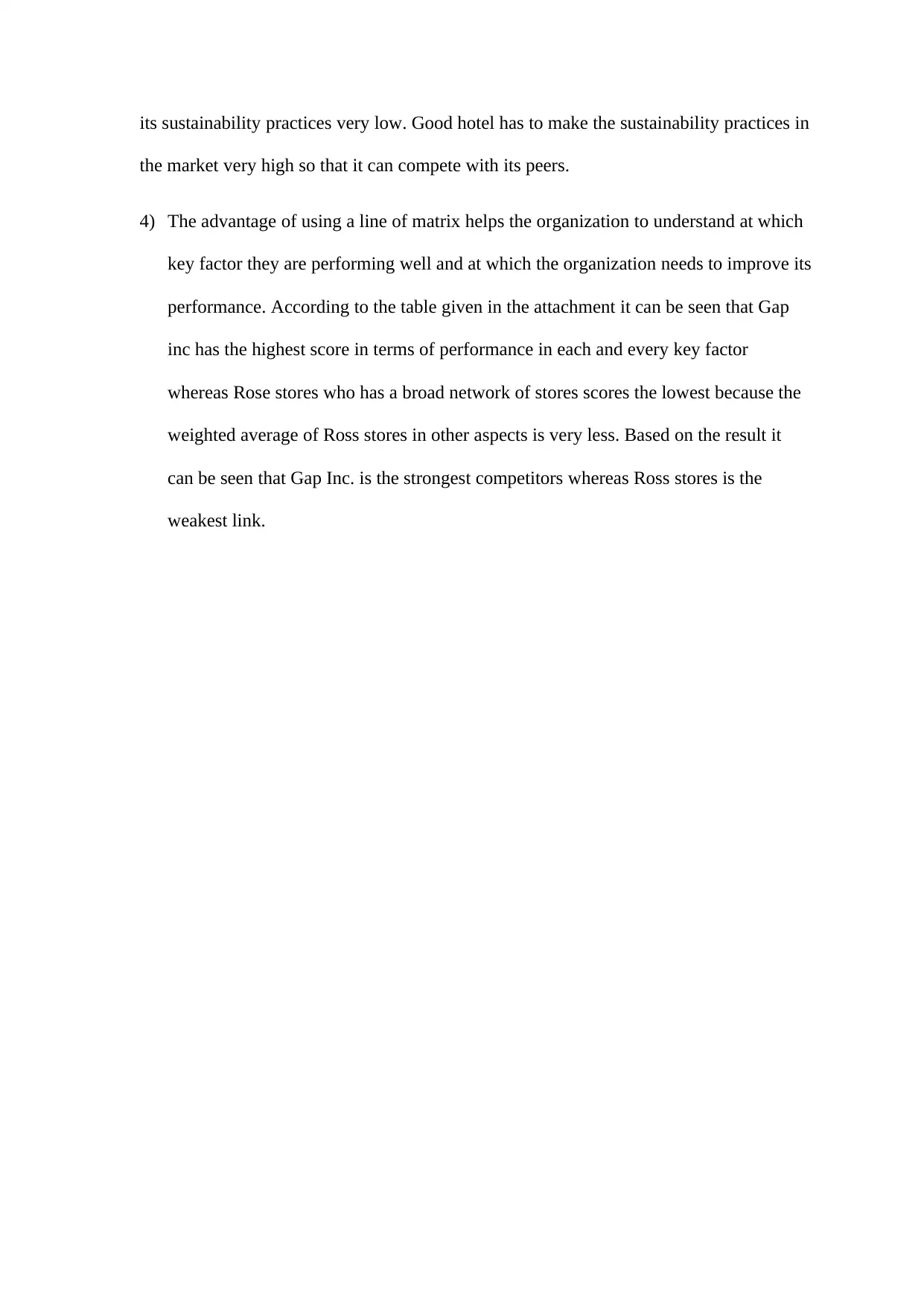Strategic Management and Competitive Advantage Assignment
VerifiedAdded on 2023/05/26
|4
|890
|147
Homework Assignment
AI Summary
This assignment delves into the critical aspects of strategic decision-making and business model alignment for achieving a competitive advantage. It emphasizes the importance of synchronizing strategic choices with the business model, leveraging current capabilities, and hosting paradoxical strategies for complex business models. The assignment further explores the strategic management process, including formulation, implementation, and evaluation, highlighting the role of organizational culture and leadership. It examines the significance of good strategy-making and execution, comparing low-cost and high-cost provider strategies with examples from the automobile industry. Additionally, it addresses how local companies can compete against global challenges by focusing on customer satisfaction and pricing strategies, using the hotel industry as an example. The analysis of a strategic group map helps to understand competitive positioning and performance evaluation, exemplified by Gap Inc. and Ross Stores. The assignment concludes by discussing key factors for achieving a sustainable competitive advantage, such as striving for low-cost leadership or differentiation through superior quality and service.
1 out of 4











![[object Object]](/_next/static/media/star-bottom.7253800d.svg)